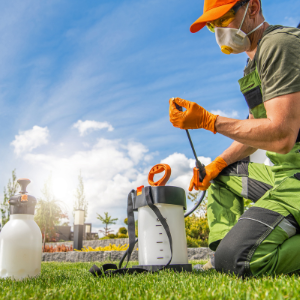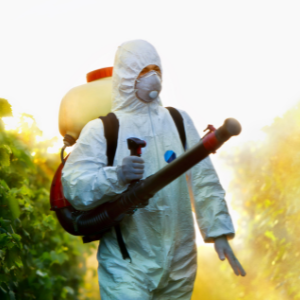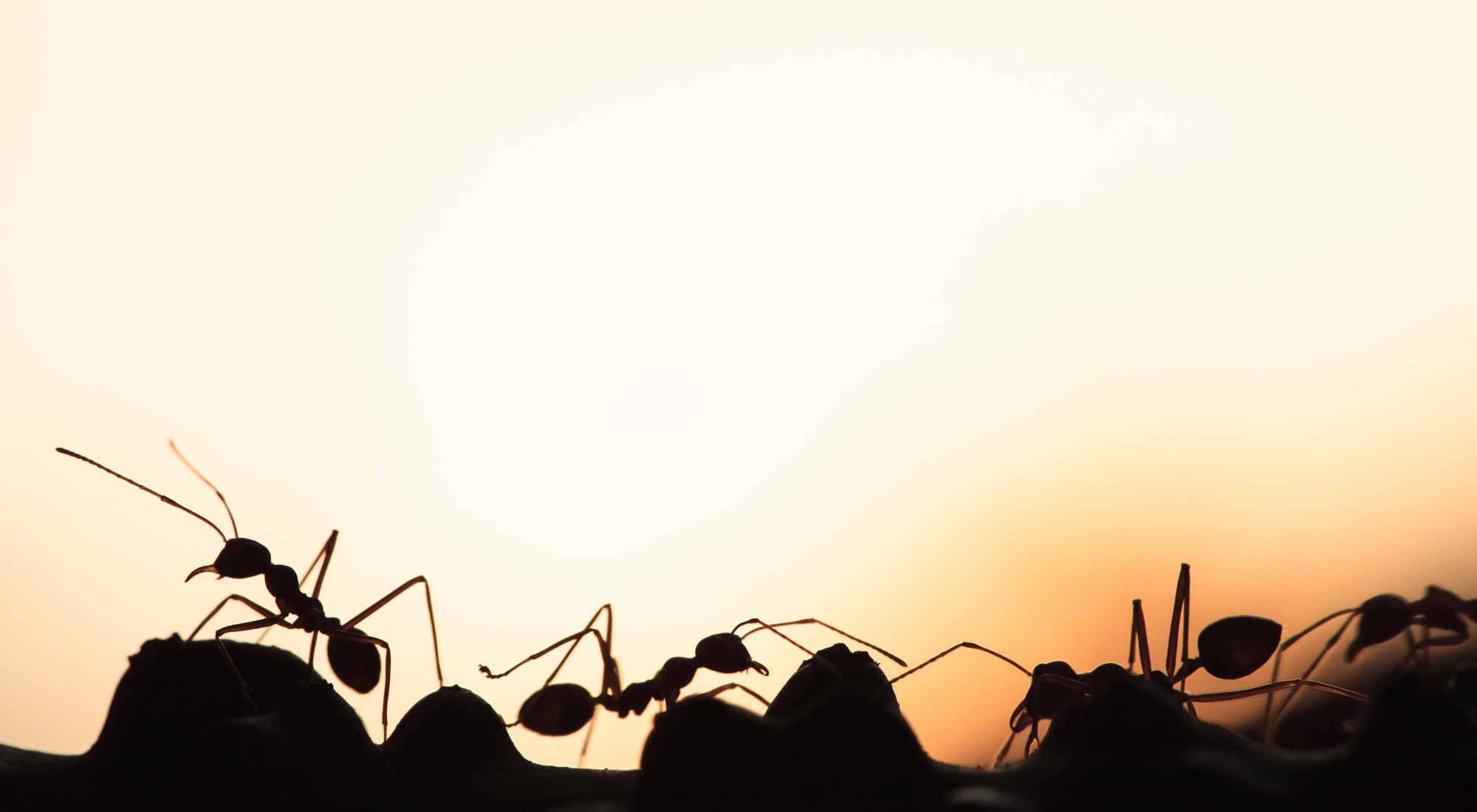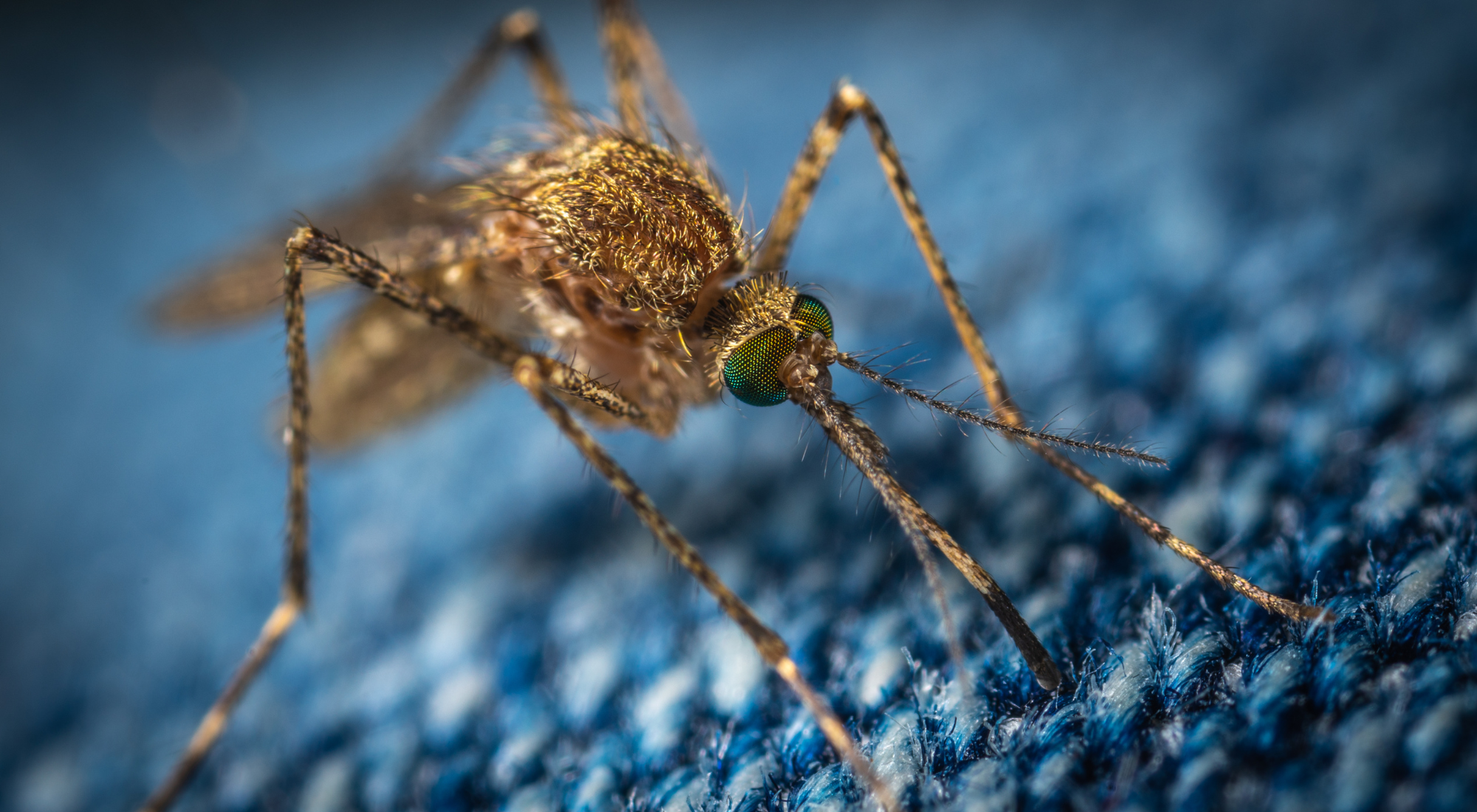When one envisions a winery, the mind often conjures images of sun-drenched vineyards and the art of winemaking. However, lurking beneath this idyllic surface lies a constant battle wineries must wage against pests. For wineries in Hamilton, Ontario, these challenges are all too real. In this article, we'll delve into the distinct challenges wineries face in pest control and how they secure their vineyards and wine.

Wineries in Hamilton must remain vigilant against a range of pests that pose a significant threat to grapevines and, by extension, the quality of their wine. Grapevine moths, mealybugs, and leafhoppers are the most common culprits among these pests.
Grapevine moths, for instance, can lay their eggs on grape leaves, leading to larvae that damage the leaves and the grapes themselves. This damage can reduce grape yields and the quality of the wine produced. Recognizing these pests early is crucial for effective pest control.
Understanding the impact of pests on wine quality is essential for wineries. These invasive insects not only harm grapevines but can also taint the grapes, affecting the flavour and aroma of the wine. In winemaking, preserving the integrity of the grapes is paramount to producing wines of the highest quality.
The battle against pests in wineries is a year-round commitment. Winemakers in Hamilton know that pest control is not a seasonal task. Regular, systematic monitoring of vineyards is essential to catch the earliest signs of infestation. This vigilance ensures pest problems are nipped in the bud, preventing widespread damage.
Timing plays a critical role in pest control. Winemakers must move quickly to eradicate pests when they find them. Delaying pest management can lead to irreversible damage to the vines and a significant decrease in grape yield. This is where expertise comes into play, as winemakers rely on their knowledge of pest life cycles to determine the best intervention timing.
To protect the vines, wineries in Hamilton have increasingly embraced sustainable pest control practices. Integrated Pest Management (IPM) is a prime example. This approach is rooted in environmentally friendly methods, emphasizing the use of natural predators and responsible pesticide use.
One pillar of IPM is the introduction of beneficial insects as allies in the fight against harmful pests. The vineyard ecosystem carefully incorporates parasitic wasps, ladybugs, and other natural predators. These tiny allies help maintain a balanced environment, reducing the need for chemical pesticides and contributing to a more sustainable and bio-diverse vineyard.
Wineries in Hamilton are subject to specific regulations regarding pest control, ensuring that their practices are practical and environmentally responsible. Navigating this regulatory landscape requires expertise and a thorough understanding of the rules and their implications.
To meet these regulations, wineries invest in the education and training of their staff. Programs that guarantee staff members are knowledgeable about new pest identification techniques and control strategies help them acquire expertise. Compliance is not just about adhering to rules but also demonstrating a commitment to the well-being of the local ecosystem.

In the battle against pests, the human element is essential. Expertise in pest control methods is crucial for monitoring vineyards, implementing control measures, and responding promptly to pest issues. The winery staff are the guardians of the vineyard, using their experience and knowledge to protect the grapes.
Wineries often recognize the strength of community involvement. They form a support network by sharing information, resources, and experiences with neighbouring wineries and local experts. This collaborative approach benefits individual wineries and contributes to collective expertise in pest control.
Pest control challenges in wineries are not static; they evolve as pests adapt to changing conditions. Winemakers must be ready to modify their tactics as they continuously gain experience and skill. Being open to new methods and insights is a hallmark of their commitment to maintaining vineyard health.
When protecting their vineyards and the exceptional wine they produce, wineries in Hamilton, Ontario, face unique challenges. Combining sustainable practices, vigilant monitoring, regulatory compliance, and the human element make these challenges manageable. While pests may be an ever-present threat, Hamilton wineries continue to thrive by employing innovative pest control techniques.





